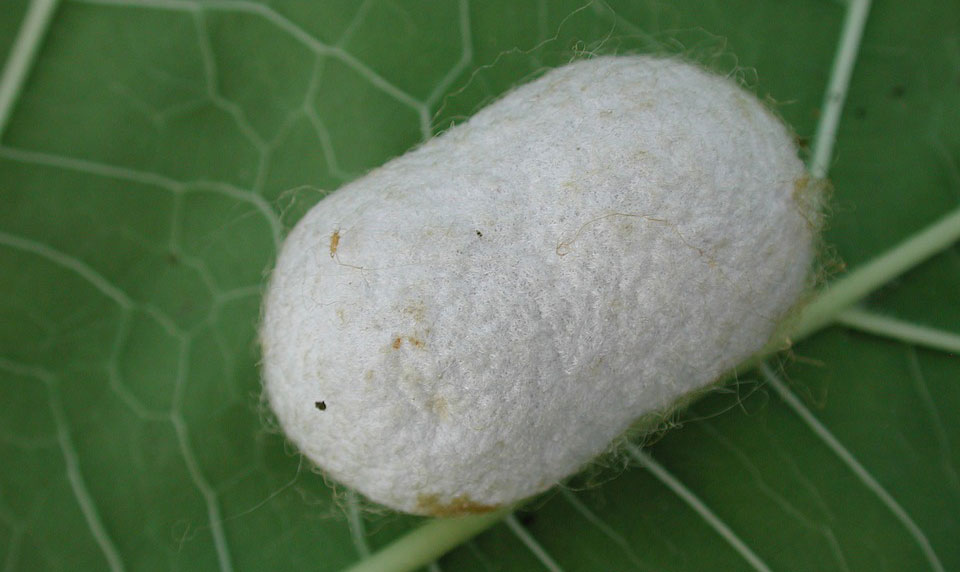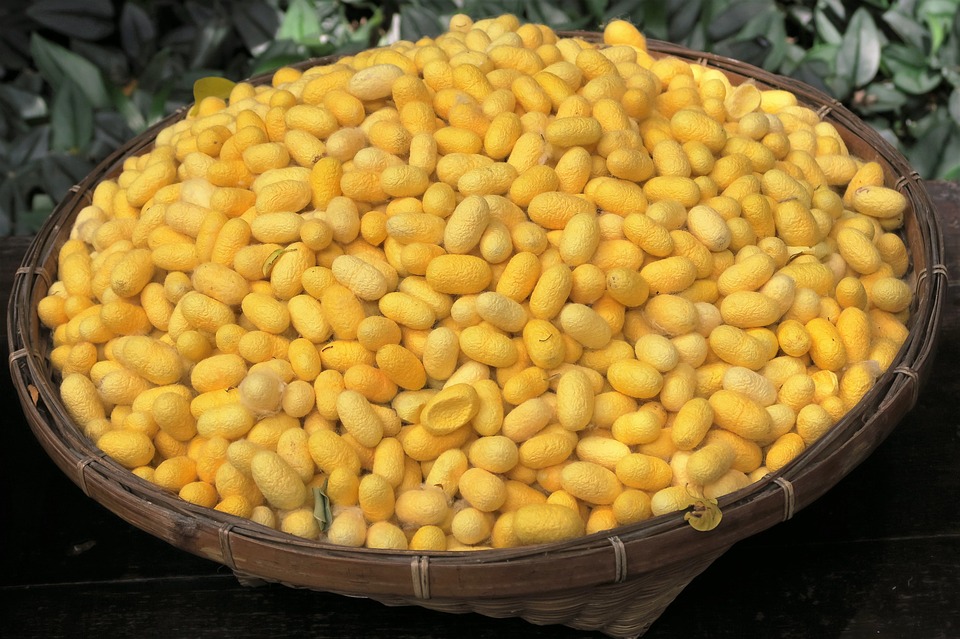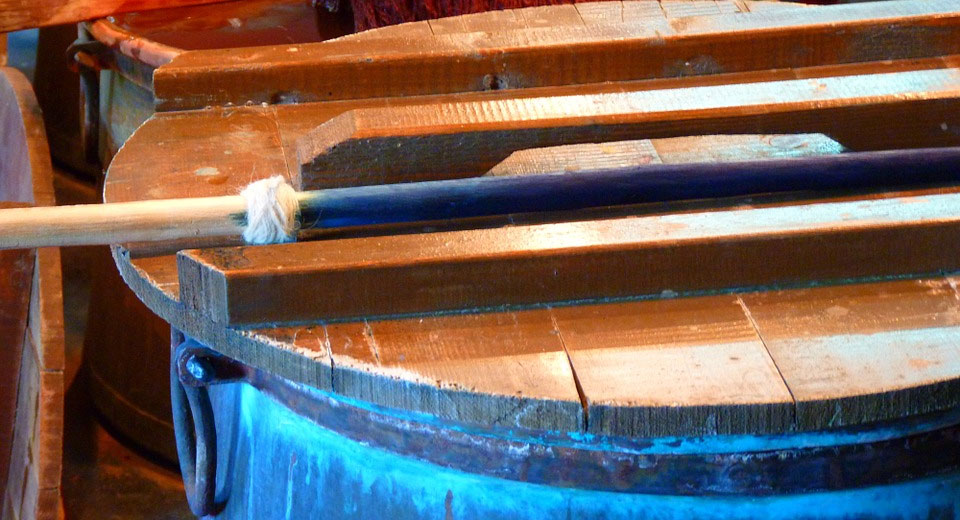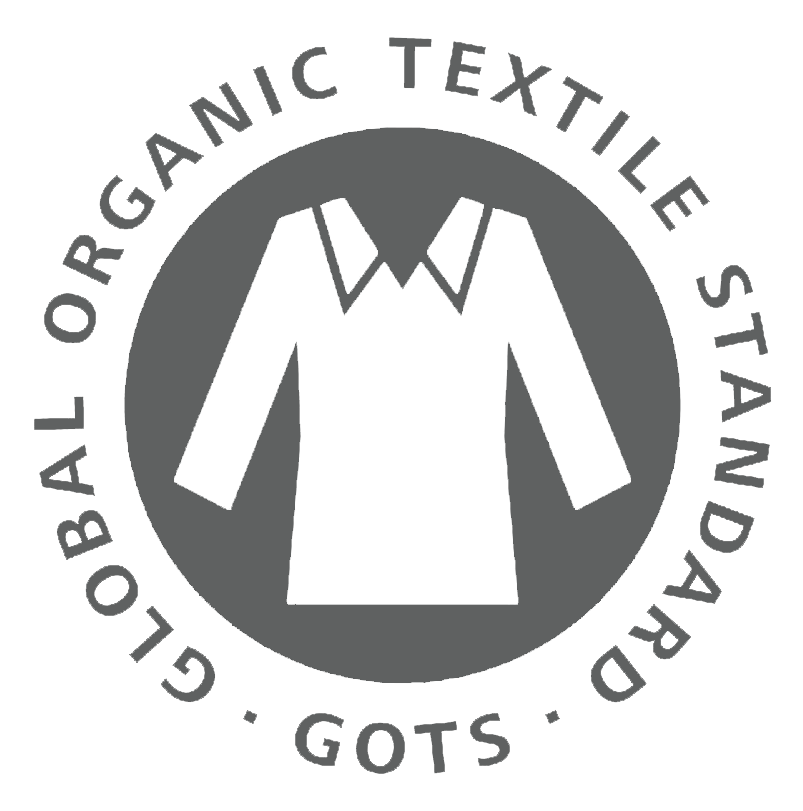Possibly the most beautiful, delicate and lustrous materials ever created.
Silk dates back thousands of years, and still to this day is highly regarded as one of the most valuable, luxurious fabric. Even after all of those years, little has changed in the way silk is produced.
Despite advances in production method technologies, silk production still very much remains a labour intensive process, and a lot of hard work is involved.
What is silk made of?
While there are now a huge variety of different types of insects used to produce silk, the most commonly used species is the larvae of ‘Bombyx mori’ – (the caterpillar of the domestic silkmoth). These incredible silkworms produce one of the most highly sought after materials with a plethora of excellent properties.
While silk is lustrous and lightweight, it’s also impressively strong, with one filament of silk being stronger than a comparable filament of steel.
How is silk made?
Here is a step-by-step guide to the fascinating process in which silk is produced…
1. Sericulture
This is the term used to describe the process of gathering the silkworms and harvesting the cocoon to collect the materials.
Female silkmoths lay anything from around 300 – 500 eggs at any one time. These eggs eventually hatch to form silkworms, which are incubated in a controlled environment until they hatch into larvae (caterpillars).

The silkworms feed continually on a huge amount of mulberry leaves to encourage growth. It takes around 6 weeks to grow to their full potential (about 3 inches). At this time, they’ll stop eating and begin to raise their heads – that’s when they’re ready to spin their cocoon.
Attached to a secure frame or tree, the silkworm will begin spinning its silk cocoon by rotating its body in a figure-8 movement around 300,000 times – a process which takes around 3 to 8 days. Each silkworm produces just one single strand of silk, which measures about 100 metres long and is held together by a type of natural gum, called sericin.
Did you know? It takes around 2,500 silkworms to produce one pound of raw silk.
2. Thread extraction
Once the silkworms have spun their cocoon, they will eventually enclose themselves inside it and then it’s time to extract the silk threads.
The cocoons are placed into boiling water in order to soften and dissolve the gum that is holding the cocoon together. This is a crucial step in the silk production process as it ensures that there is no damage to the continuity of each thread.

Each thread is then carefully reeled from the cocoon in individual long threads, which are then wound on a reel. Some of the sericin may still remain on the threads to protect the fibres during processing, but this is usually washed out with soap and boiling water.
3. Dyeing
When the silk threads have been washed and degummed, they will be bleached and dried before the dyeing process commences.
Traditional silk dyeing techniques take the dyes from natural resources found in the surrounding environment, such as fruit or indigo plant leaves. The threads will be soaked together in bundles, inside a pot of hot indigo leaves and water. This process will occur multiple times over a span of days to ensure proper colour tone and quality.
However, these traditional dyeing methods have almost become extinct in the commercial manufacturing of silk. Advances in technology mean that manufacturers instead opt for using various dyes such as acid dyes or reactive dyes. This gives a greater range of choice in colours and shades to be able to serve wider demand.

That being said, the general idea behind the technique remains similar as the silk is immersed in a dye bath to soak up the colour. The silk may be fed into the bath through two cylinders, or fixed to a round jig which is immersed in the bath.
In many cases, this will be one of the last steps of the processes as manufacturers generally now prefer piece-dyeing in an attempt to reduce waste. By holding plain white stock ready to be dyed, it reduces the need to hold too much stock in specific colours that have not been ordered and so may never be used.
Here at Biddle Sawyer Silks we hold large quantities of our silks in various colours in order to be able to provide an immediate service with next day delivery on silk we already have in stock. We also work with clients who provide their own bespoke colour palettes, and are able to match their samples via lap dips.
4. Spinning
The traditional spinning wheel has always, and will always be an integral part of the silk production process. Although updated industrial processes are now able to spin silk threads much quicker, it simply mimics the functions of the classic spinning wheel.

The process of spinning essentially unwinds the dyed fibres on to a bobbin, so that they lay flat ready for the weaving process. This can be done in many different ways from hand-spinning to ring-spinning and mule spinning.
5. Weaving
Weaving is the process in which the final piece of silk comes together. There are many different ways in which silk can be woven – satin weave, plain weave and open weave are most common, and the finish of the silk will depend on the type of weave.
Generally, weaving involves interlacing two sets of threads so that they lock around each other and create a strong, uniform piece of fabric. The threads will be woven at right angles to each other, and the two different angles are called a warp and a weft. The warp will run up and down the fabric, while the weft runs across it.
6.Printing
Should a piece of silk require a special pattern or design, it will need to be printed after pre-treatment. This can be done in two different ways: Digital Printing or Screen Printing.

Digital silk printing uses a specially designed textile printer, using ink to transfer hand drawn or digitally produced artwork on to fabrics.
Screen printing is the traditional, more hands-on method of essentially creating the same outcome – though in some cases, a bolder, more vibrant look may be achieved due to a thicker application of ink.
Read more: Digital Silk Printing – The process explained
7. Finishing
In order to be deemed ready for use, silks must be finished. Finishing a piece of silk gives it that highly lustrous sheen that it is so commonly known for, and is the reason that the desired look and feel can be achieved.
Silk finishing can be done in many different ways, mainly by applying different chemical treatments which can add a host of valuable properties including fire resistance and crease-proofing.
Biddle Sawyer Silks is a leading Manchester and London based silk wholesaler, and the only merchant in the UK with its own state-of-the-art digital printer. To find out more about working with us or to enquire about our services, please get in touch.





